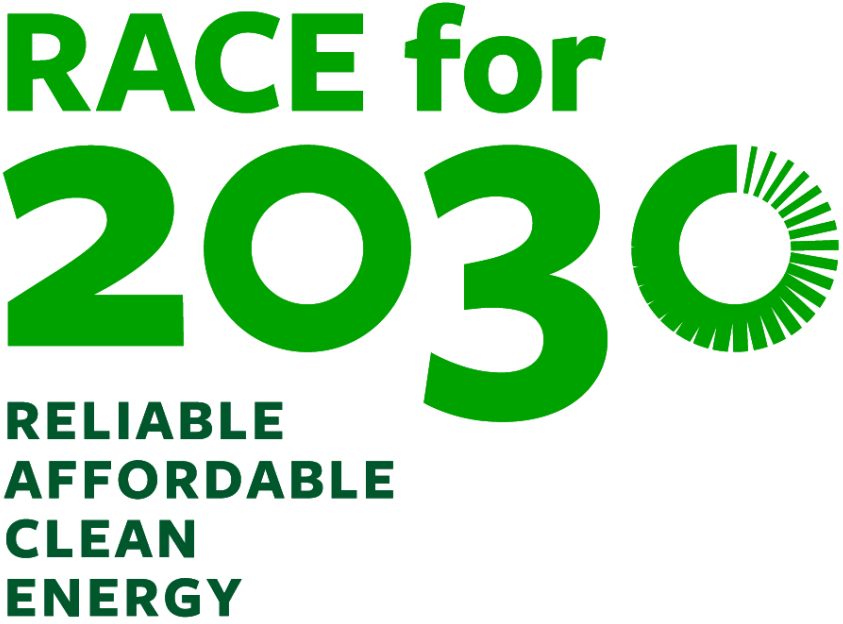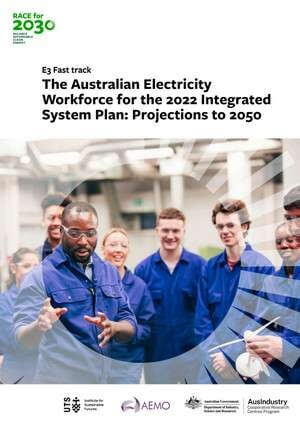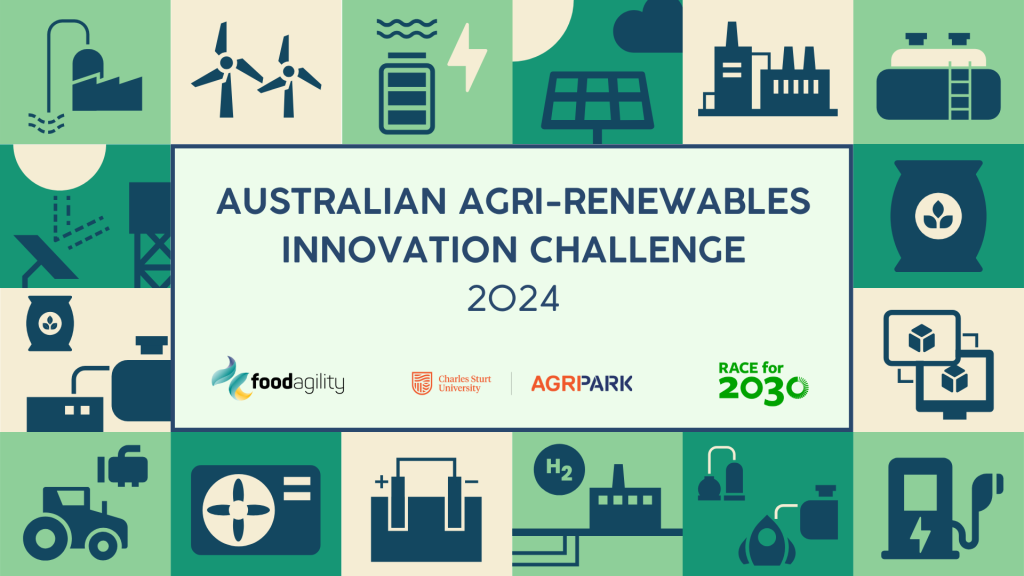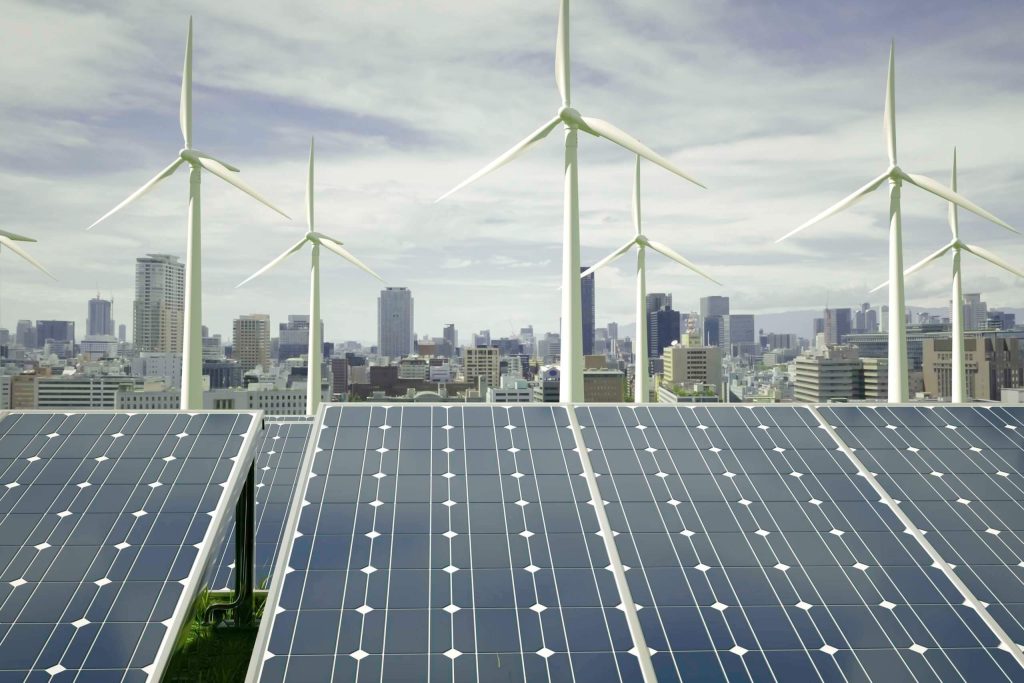- A rapid scale-up of the energy workforce is needed to meet emissions reduction goals
- Boom-bust cycles for the energy construction workforce are likely without intervention
- Electricity sector jobs are expected to grow by 37,000 to peak at 81,000 jobs in 2049
RACE for 2030 Cooperative Research Centre has released “The Australian Electricity Workforce for the 2022 Integrated System Plan: Projections to 2050” today which presents modelling of the workforce required to deliver the Australian Energy Market Operator’s (AEMO) 2022 Integrated System Plan (ISP), the industry-leading 30-year roadmap of investments required in the National Electricity Market.
The 2022 ISP informs Australia’s energy transformation based on optimal development of essential transmission investments to efficiently enable low-cost, firmed renewable energy to replace exiting coal generation.
The ISP includes four scenarios for the energy transition. A rapid scale-up of an adequately skilled workforce is needed to deliver all but the ‘Slow Change’ scenario – the one that does not see Australia meet emissions reduction goals.
The ‘Step Change’ scenario, considered most likely by energy stakeholders, will need 12,000 extra workers in renewable generation, storage, and transmission in the next two years. Overall electricity sector employment is expected to grow by 37,000 from 2023 to peak at 81,000 jobs in 2049.
Implementing the scenario that sees Australia becoming a major exporter of renewable energy (the ‘Hydrogen Superpower’ scenario) would need 31,000 extra workers by 2025.
UTS Institute for Sustainable Futures’ Jay Rutovitz, author of the report, says, “The rapid increase needed for in-demand occupations brings a high risk of skills shortages which could impact on the achievement of the ISP. Skills shortages create risks of delays and increased project costs.”
Another major challenge highlighted in the report indicates upswings and downswings in construction employment, with variations of 13,000 over just two years in the preferred Step Change scenario – and up to 45,000 in the scenario supporting a hydrogen export economy. This ‘boom-bust’ pattern creates significant risks for labour supply, intensified by competing demands for infrastructure requirements in other parts of the economy.
The report includes a recommendation for AEMO to include sensitivities in future ISPs to minimise these ‘boom-bust’ employment cycles – a recommendation that AEMO has committed to take to its stakeholders for consideration in advance of the 2024 plan.
RACE for 2030 CEO Jon Jutsen says, “The electricity workforce needed nationally to deliver the energy transformation is actually far larger and more diverse than outlined in this report. The modelling does not include the growing requirement for jobs in energy efficiency, demand-side and energy management, or electrification, which could more than double the workforce projections.
This research is vital to understanding the workforce challenges associated with delivering the ISP. RACE for 2030 sees this work as just the beginning, with the work needing to be greatly expanded to consider the customer side of the transition.”
The main report and five ‘focus reports’ covering each of the states in the National Electricity Market are now available on the RACE for 2030 website.
The modelling does not include the workforce requirements to deliver significant renewable growth in Western Australia or the Northern Territory, or in off-grid applications.
The reports are available for viewing here: https://racefor2030.com.au/project/australian-electricity-workforce-for-the-2022-integrated-system-plan/





